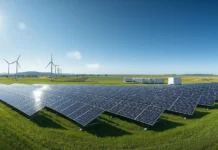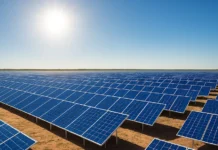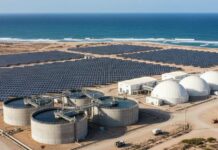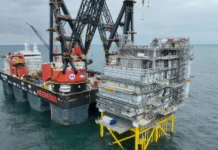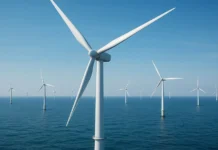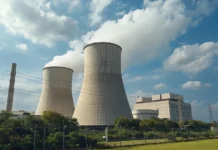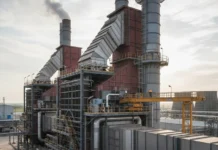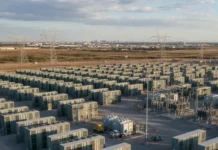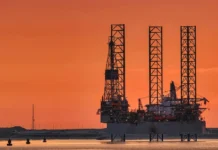The International Energy Agency (IEA) said that global oil and gas demand could continue rising until 2050, signalling a shift from its earlier projections of a rapid move toward cleaner energy and acknowledging that the world is unlikely to meet its climate targets.
The IEA, which serves as the West’s main energy security watchdog, has faced political pressure in recent years, particularly from the United States, to balance its clean energy focus with the realities of oil and gas demand. During Donald Trump’s presidency, the administration encouraged American companies to ramp up oil and gas production. Later, under President Joe Biden, the agency forecast that global oil demand would reach its peak within this decade and that further investment in oil and gas would sabotage climate goals.
Funded by member states with the U.S. as its largest contributor, the IEA’s research remains influential across governments and companies. In its recently released World Energy Outlook report, the agency said that under its current policies scenario, oil demand is expected to climb to 113 million barrels per day by mid-century, a roughly 13% increase from 2024 levels. Global energy demand is expected to grow by around 90 exajoules by 2035, about 15% higher than today’s levels.
The “current policies” scenario looks only at measures already in place, not broader climate ambitions. The IEA last relied on this baseline in 2019, before turning its attention to net-zero projections in the following years. However, this year’s report abandoned the pledges-based scenario, citing a lack of updated national climate targets for the 2031–2035 period.
Under its stated policies scenario, which accounts for proposed but not yet enacted policies, the IEA expects oil demand to reach its peak around 2030. It emphasized that these scenarios represent possible outcomes under different assumptions rather than definitive forecasts.
The report also noted a surge in final investment decisions for new liquefied natural gas (LNG) projects in 2025, with about 300 billion cubic metres of new export capacity expected to begin operations by 2030, boosting global LNG supply by roughly 50%.



